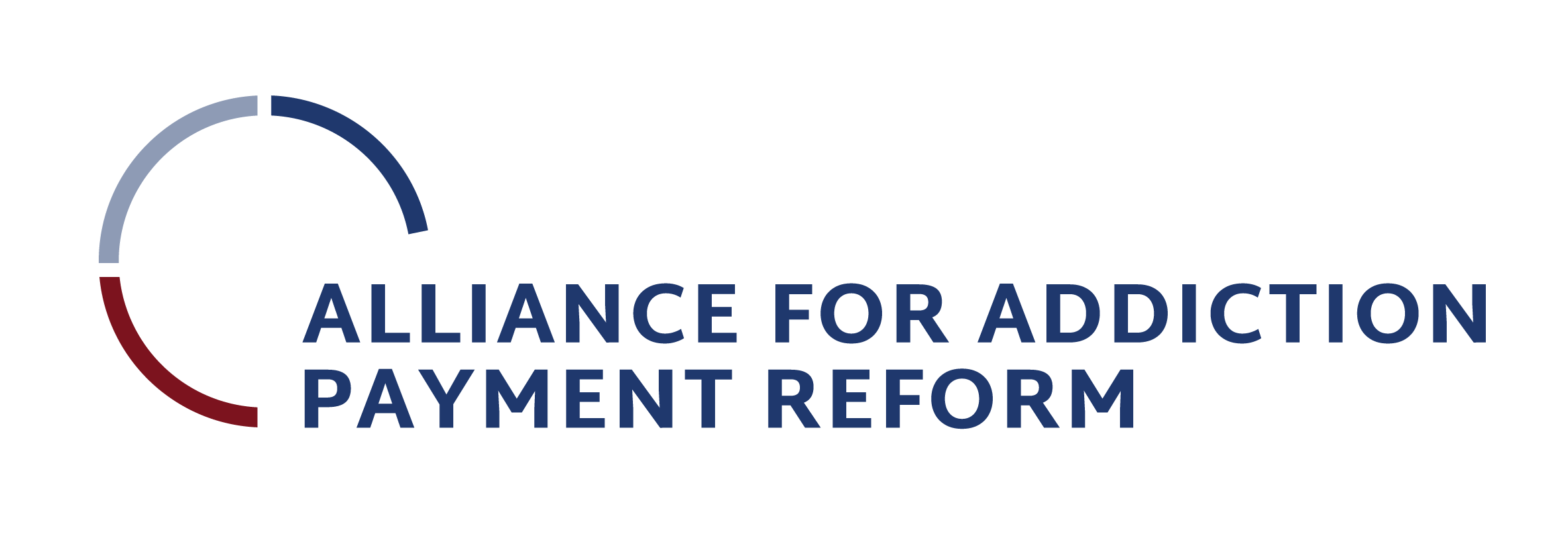The ARMH-APM Model
The Addiction Recovery Medical Home Alternative payment model (ARMH-APM) is a consensus learning model. The Alliance for Addiction Payment Reform published the model in a comprehensive white paper.
The ARMH-APM is built on five key elements that represent its most foundational principles. The model itself was established in a commercial context, with high deference for adopting payers and providers to develop situation and population specific applications.
01. Payment
At the core of the ARMH-APM is a multi-faceted payment model that carves out financial resources for addiction treatment and recovery services. The nature of this payment and its underlying calculation transcend three different often overlapping phases of a patient’s recovery, beginning with Pre-recovery and Stabilization (less than 30 days), Recovery Initiation and Active Treatment (0-12 months), and Community-Based Recovery Management (0-5 years).
02. Quality Metrics
Drawing from best current practices in the field, ARMH-APM pilot demonstrations will refine entry and participation criteria for providers. The pilot will also develop both process and outcomes measures that will tie the provision of care to payment, incenting recovery and informing a national baseline of long-term substance use disorder performance metrics.
03. Integrated Treatment & Recovery Network
Critical to the success of the ARMH-APM is the establishment of a network that wires key clinical resources with broader community assets that can support the patient’s multi-year recovery journey. These entities should be contracted with or owned by the sponsoring risk-bearing provider and operate on common information systems used to share clinical information and better manage discharges and care transitions.
04. Care Recovery Team
Team-based care is a critical feature to managing any chronic disease. The ARMH-APM Care Recovery Team requires a care coordinator, a para-professionally trained peer recovery coach, behavioral health specialists, licensed counselors, and primary care professionals. The model establishes protocols and requirements for the team’s engagement with the patient, focused on sustaining interaction and support through the patient’s recovery journey.
05. Treatment & Recovery Network
All recovery-oriented systems of care should be focused on building a patient’s recovery capital (similar to concepts surrounding of social determinants of health). derived from a myriad of different health care, social, and economic sources. The ARMH-APM adopts a planning structure that includes 12 key recovery dimensions and advances specific guidelines on structuring treatment and recovery planning in collaboration with the patient.
